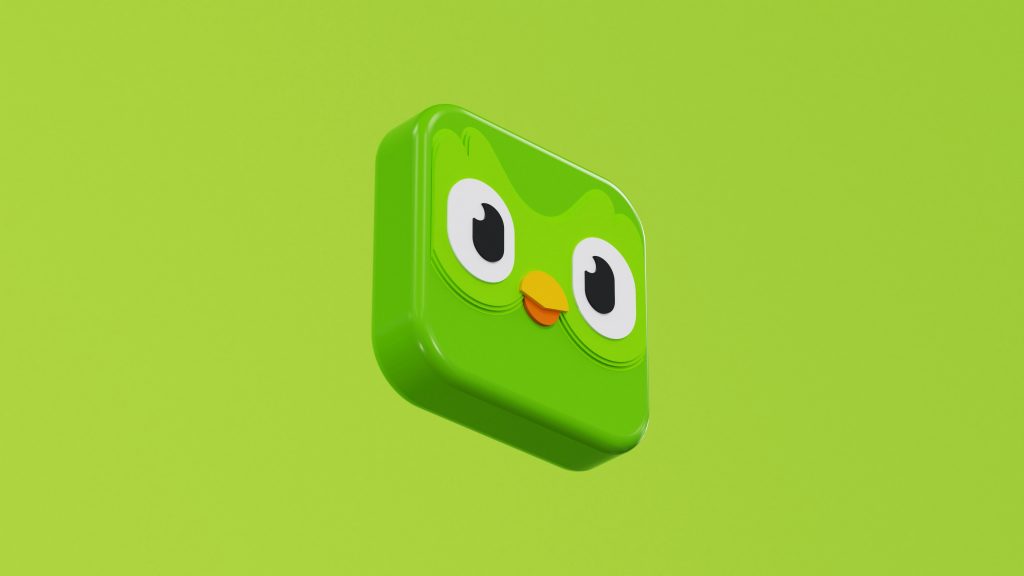What They Did
Duolingo launched 148 new language courses in a single day, with approximately 80% created using generative AI. This enabled the company to scale content production while reducing reliance on human contractors. It marked a major shift in its product development model. (TechCrunch, 30 Apr 2025)
How They Did It
- Duolingo used large language models (LLMs) to generate structured lessons and translations (LinkedIn, CPO post).
- In January 2024, Duolingo reduced its contractor workforce by approximately 10%, replacing roles in content creation with generative AI. This shift was part of a broader move to become an “AI-first” company, with CEO Luis von Ahn stating that new headcount would be allocated only when automation was not feasible. (TechRepublic, 29 Apr 2025)
- The AI-generated content was reviewed and refined by internal teams focused on editing and quality control.
- This system allowed Duolingo to replace many external contractors who previously created content manually (TechCrunch, 2025).
- The 148 courses launched in April 2025 were produced far more quickly than traditional methods allowed (GlobeNewswire, 30 Apr 2025).
- High-demand languages such as Japanese and Korean, once limited due to content development resources, were expanded through AI (GlobeNewswire, 2025).
Why It Matters
This strategic shift allowed Duolingo to expand its course offering at unprecedented speed. It marks a move toward AI-native product development where human effort focuses on oversight rather than original creation. This model could reshape how EdTech companies build and scale their products. (TechCrunch, 30 Apr 2025)
Public Response
The announcement triggered a public backlash:
- Users criticised the company for replacing human educators and volunteers who contributed to the Duolingo Incubator.
- Duolingo deleted all content from its TikTok and Instagram accounts shortly after the backlash intensified. (Fast Company, 12 May 2025)
- The accounts later returned with cryptic messages but no formal statement addressing user concerns. (Fast Company, 12 May 2025)
- The backlash highlights growing tensions around AI’s role in replacing creative labour and the reputational risks when rollout outpaces communication. (Business Insider, May 2025; Ad Age, May 2025)
- The company’s AI-first positioning triggered public backlash in May 2025, particularly on TikTok and Instagram, where users criticised the replacement of human educators. Duolingo temporarily deleted content from its social media accounts amid the reaction, with no immediate public statement. (Fast Company, 20 May 2025)
Adoption Type(s)
Transformative AI
The shift represents a strategic reinvention of how Duolingo creates value. The AI-first approach redefines the company’s cost base, speed, and roadmap. It’s not automation layered onto existing work; it’s a new operating model. (TechCrunch, 30 Apr 2025; Fast Company, 20 May 2025)
Departmental Use
The AI system was deployed within Duolingo’s content development function — historically managed by contractors and editorial staff — enabling rapid, structured lesson creation. While strategic in outcome, the implementation was primarily functional in scope. (TechCrunch, 30 Apr 2025; TechRepublic, 29 Apr 2025)
Sources
- TechCrunch – Duolingo launches 148 courses created with AI (30 Apr 2025): https://techcrunch.com/2025/04/30/duolingo-launches-148-courses-created-with-ai-after-sharing-plans-to-replace-contractors-with-ai/
- LinkedIn – Post by Duolingo CPO (Apr 2025): https://www.linkedin.com/feed/update/urn:li:activity:7322560534824865792/
- GlobeNewswire – Duolingo launches 148 new language courses (30 Apr 2025): https://www.globenewswire.com/news-release/2025/04/30/3071105/0/en/Duolingo-Launches-148-New-Language-Courses-Expands-Access-to-Popular-Languages-Including-Japanese-and-Korean.html
- Fast Company – Duolingo deletes TikTok amid AI backlash (20 May 2025): https://www.fastcompany.com/91332763/going-ai-first-appears-to-be-backfiring-on-klarna-and-duolingo
- Fast Company – TikTok deletion and backlash (12 May 2025): https://www.fastcompany.com/91338068/duolingo-deletes-tiktok-ai-backlash-returns-with-strange-message
- Business Insider – AI messaging backlash at Duolingo (May 2025): https://www.businessinsider.com/ai-messaging-backlash-duolingo-shopify-controversy-2025-5
- Ad Age – Duolingo wipes TikTok, Instagram after AI backlash (May 2025): https://adage.com/social-media/aa-duolingo-wipes-tiktok-instagram-ai-backlash/
- TechRepublic – Duolingo replaces contractors with AI (29 Apr 2025): https://www.techrepublic.com/article/news-duolingo-replaces-contractors-ai
Expert Insight: How AI Reshapes Learning Design
Dr Philippa Hardman, a learning scientist and expert in instructional design, argues that Duolingo’s use of AI represents more than a content production milestone. It marks a shift in how educational content is conceived and scaled.
Rather than generating lessons from scratch, Duolingo’s AI was prompted using its own learning science frameworks. The result is a modular, repeatable system that translates decades of pedagogy into structured outputs. This approach enabled rapid expansion, launching 148 new courses in a single day, without starting from zero each time.
Hardman describes this as a shift from artisanal to industrialised pedagogy. It raises important questions about how AI changes the role of educators, the balance between speed and quality, and what scalable learning should look like when human creativity is embedded in prompt design rather than in content creation itself.
Why This Matters
Duolingo’s model may set a precedent for other EdTech platforms. It is not just about using AI to assist educators, but about using it to encode educational design. This reframes AI not as a teaching assistant but as a system architect. The challenge now is to ensure that what scales still teaches effectively.
Additional Source
- Hardman, P. – Duolingo’s AI Revolution (2025): https://drphilippahardman.substack.com/p/duolingos-ai-revolution




